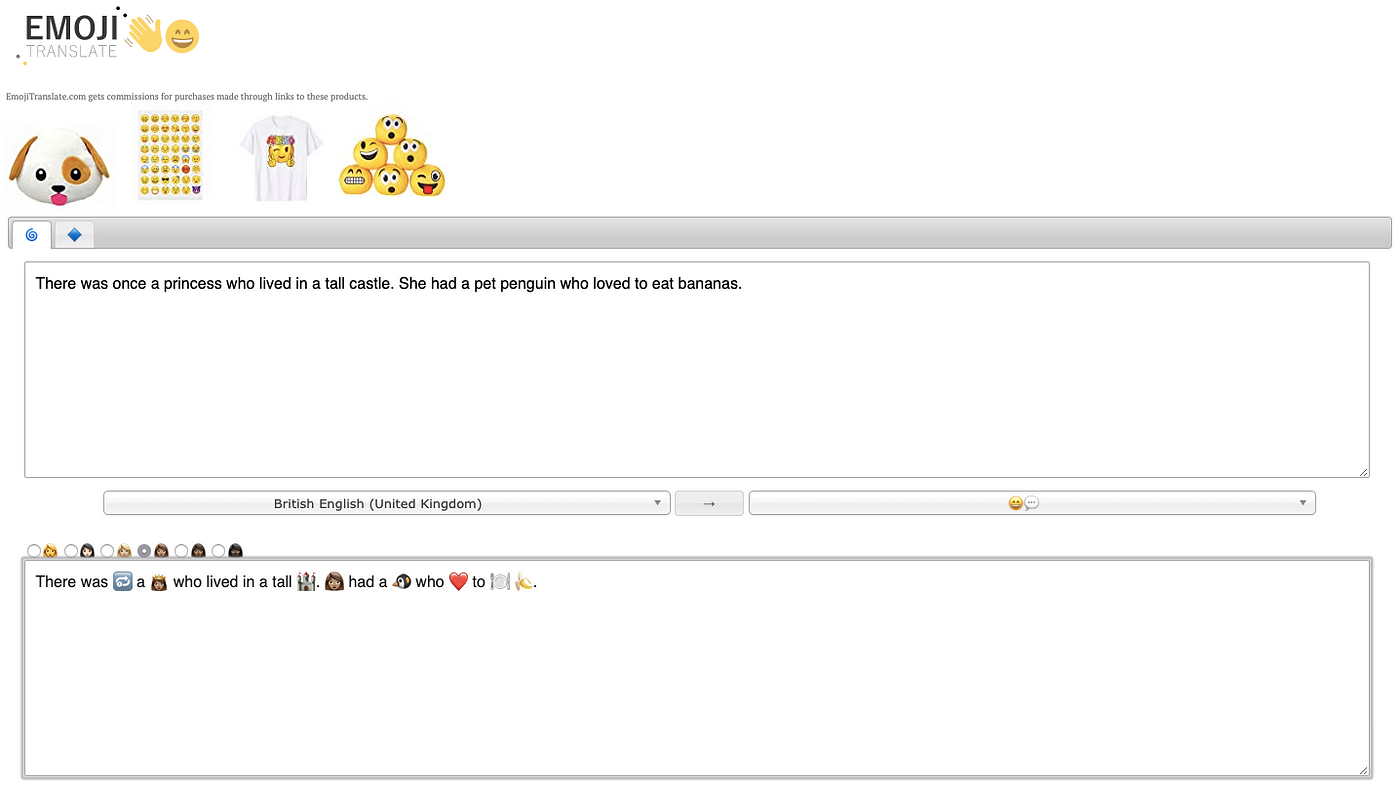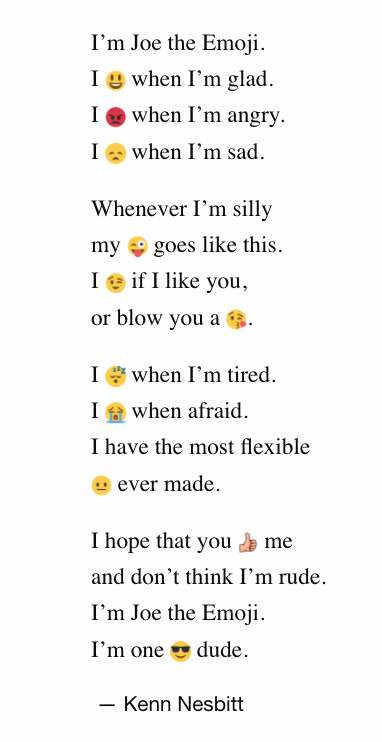Whether you love them or not, there's no getting away from emojis. 👋 These small, expressive icons are everywhere. While often seen as just playful images, they can also be a powerful tool for communication, especially when it comes to expressing emotions or ideas without words. 👀💬
In the classroom, emojis can spark creativity, encourage storytelling, and support all kinds of learners. Here are five easy and engaging ways to use them in your writing lessons. 👇
A quick and simple way to inspire creative writing is by using a set of random emojis as a prompt. Can your pupils write a short story that includes them all? You could even challenge them to plan out a beginning, middle and end using just the emojis as clues.
Try this free emoji generator:
🔗 perchance.org/emoji
Or choose your own emojis and display them on the board to get started.

Kick things off by showing your class a well-known first line from a story, then challenge them to rewrite it using only emojis. For example, "It was a dark and stormy night…” might become 🌑⛈️🌬️🌃.
You could also reverse it. Give pupils an emoji sequence and ask them to turn it into the opening line of a brand-new story. They could even build a whole narrative from just one emoji sentence.
To extend the activity, try:
Translating multiple classic openers into emojis for a class quiz
Asking pupils to guess the story or author based on emoji clues
Creating their own emoji-based opening lines and swapping with a partner to finish the story
This works especially well with older pupils who enjoy puzzles, wordplay, and a creative challenge.
Pop any text into EmojiTranslate and it turns it into emojis. It's a fun way to explore language, summary skills and comprehension.
Ask your pupils to:
Translate a traditional tale into emojis
Decode a story written in emoji form
Write their own story and turn it into emojis for a partner to decode

Everyone loves a challenge! We’ve created three emoji quizzes to test your class’s knowledge of storybooks, phrases and nursery rhymes. They're great fun and perfect as a warm-up or brain break.
You can also invite your pupils to make their own. Could they retell a favourite book using only emojis? Create a famous song lyric? Or write a short play with an emoji-based script? It’s a great way to build comprehension while boosting creativity.
Who says poems have to be written in full sentences? Emoji poems are a brilliant way to explore mood, theme and symbolism. Give pupils a selection of emojis to choose from and ask them to write a poem inspired by the images.
Or flip it. Show them a short poem and ask them to translate it into emoji form. It’s an accessible way to approach poetry and helps visual learners engage more deeply.

Using emojis in your writing lessons brings in an element of play while encouraging important writing skills like planning, sequencing, inferring and interpreting meaning. It also provides a supportive structure for reluctant writers and pupils who may struggle with language.
Try one of the ideas above and tag us on social media to let us know how it goes. We’d love to see your pupils’ emoji-inspired writing!
Pobble Education Ltd,
Rosehay,
Tremorvah Wood Lane,
Truro, TR1 1PZ,
Cornwall, UK